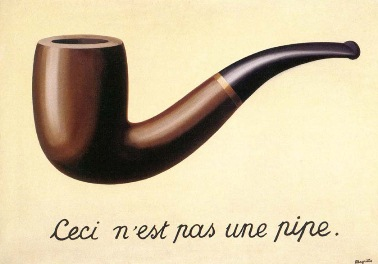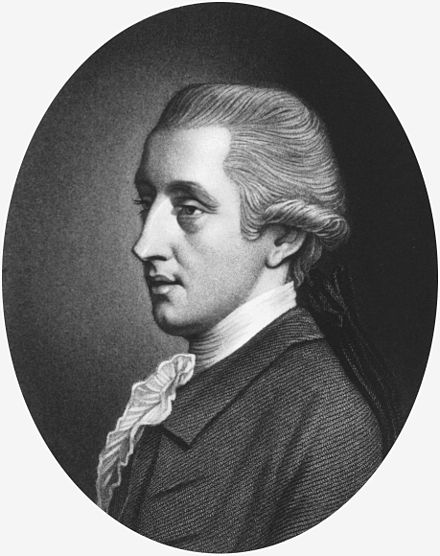Let's talk about the Ben Franklin effect:
A person who does a favor for someone else is more likely to do another favor than if they had received a favor in the initial exchange.
(thread)
A person who does a favor for someone else is more likely to do another favor than if they had received a favor in the initial exchange.
(thread)

It's named for a line in Ben Franklin's autobiography:
"He that has once done you a kindness will be more ready to do you another, than he whom you yourself have obliged."
"He that has once done you a kindness will be more ready to do you another, than he whom you yourself have obliged."

There's a story about Ben Franklin and a rival legislator, where Ben won him over by requesting to borrow a rare book, returning it promptly with an effusive thank you note. Afterwards, they developed a deep friendship, and the rival became indebted to support Franklin. 

The early research on this, in the 60's, involved research subjects who won money in staged competition w the researcher, followed by being approached by someone to ask, humbly, if they would return the money, which'd been donated by the researcher because of low research funds.
They were then asked how they felt about the researcher. When the request came directly from the researcher, scores were more positive than not being asked at all. When asked by a dept. admin on behalf of the researcher, the effect was negated.
The best model of this behavior involves cognitive dissonance & scopes into a larger conversation about how we perceive people based on how we treat them. We tend to like people to whom we are nice. We tend to dislike people to whom we are mean. 

The most extreme example: dehumanization as practiced in warfare. The enemy become faceless, evil. We find ways to rationalize our hatred, ascribing characterstics that justify our actions. 

Jailers come to hate inmates, soldiers the enemy, concentration camp guards dehumanize their captors.
The contrary is how we transfer the gratitude of those indebted to us to the rationalization that they are deserving, worthy, allied.
The contrary is how we transfer the gratitude of those indebted to us to the rationalization that they are deserving, worthy, allied.

It's possible to utilize an understanding of this phenomenon in sales, marketing, journalism, mentorship, clinical practice. Asking for the help of someone (and expressing gratitude) is a better way to build trust than offering to do a favor or give knowledge. 

Our stupid, faulty brains give us unreliable data or make irrational associations. The best thing we can do is to be aware of that & try to live our lives in a way that is authentic.
Understanding this phenomenon can make us recognize how we're wired & try to be better.
End.
Understanding this phenomenon can make us recognize how we're wired & try to be better.
End.
• • •
Missing some Tweet in this thread? You can try to
force a refresh




















